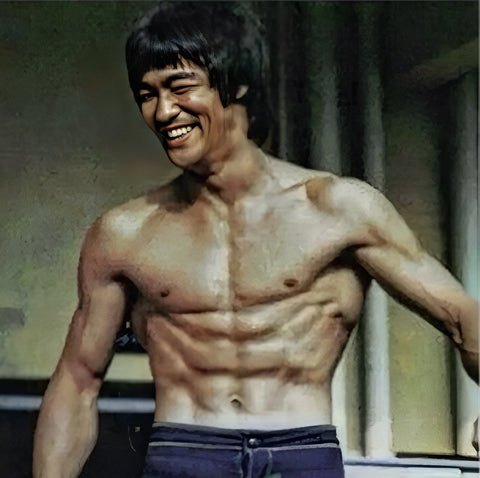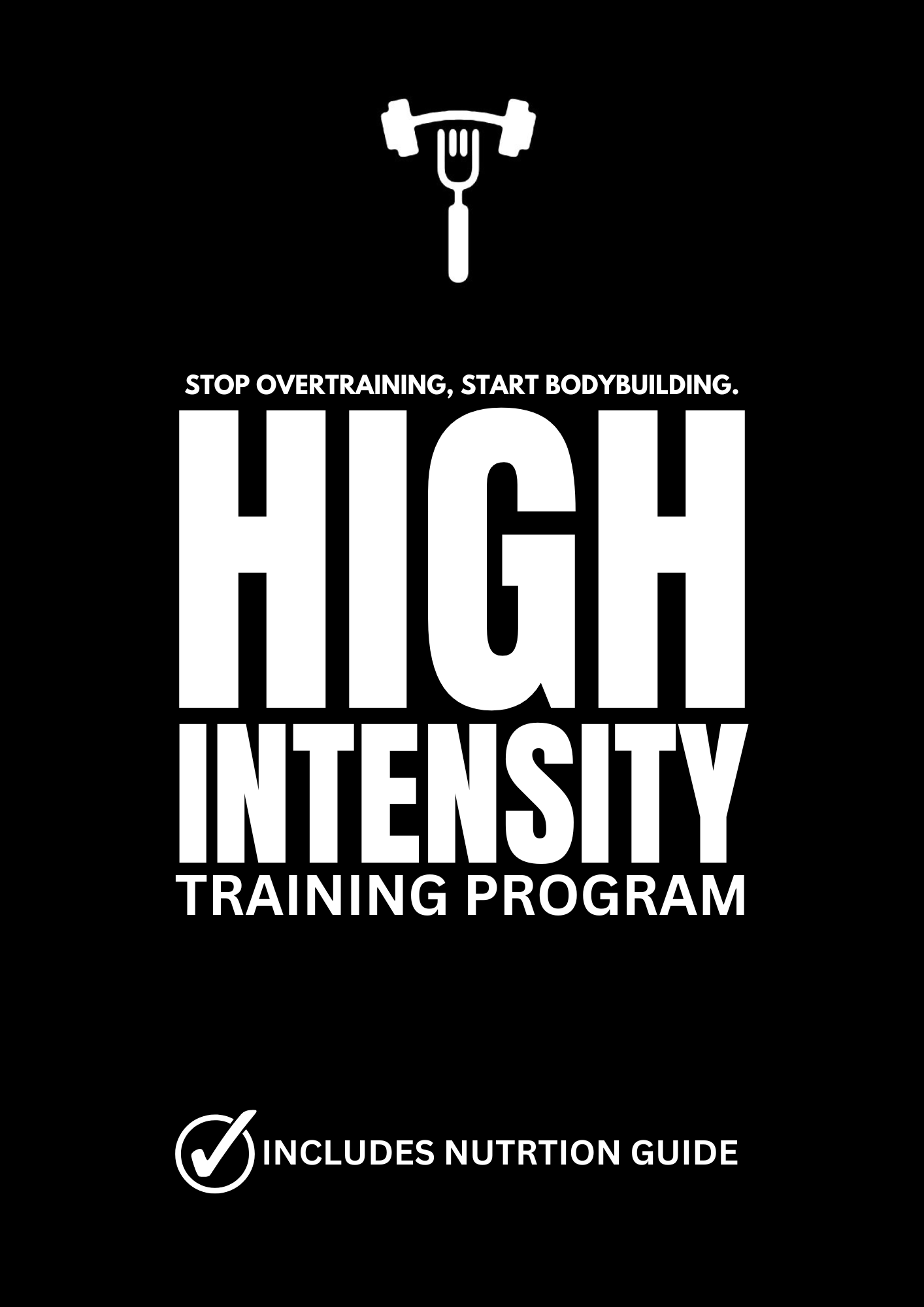Why You're Not Getting Shredded on Less Than 2000 Calories

Striving for that shredded physique is a journey marked with dedication, discipline, and often, frustration. You meticulously count every calorie, religiously hit the gym, yet the mirror fails to reflect the desired results. What gives?
One of the most common pitfalls in the pursuit of leanness is slashing calories too soon and too aggressively. It's a prevalent issue that leaves many scratching their heads, wondering why their efforts aren't yielding the expected outcomes. So, let's delve into why this approach might be sabotaging your progress and how to rectify it.
The first misstep lies in the misconception that drastic calorie cuts lead to rapid fat loss. Sure, a significant calorie deficit might initially result in some weight loss, but the body is quick to adapt to this energy deprivation. Your metabolism, the furnace that burns those calories, downshifts gears to conserve energy, making further fat loss an uphill battle.
Think of it this way: if you suddenly slash your daily caloric intake from 3000 to 1500, your body interprets this as a signal of impending famine. In survival mode, it clings onto every morsel of energy, slowing down your metabolic rate and thwarting your fat loss efforts.
The key lies in a gradual, sustainable approach. Start with a modest calorie deficit, say around 300 calories below maintenance level. This gentle nudge sets the stage for fat loss without sending alarm bells ringing in your body's metabolic control center.
But here's the kicker: don't be disheartened by a momentary plateau. Weight loss isn't a linear process; fluctuations are part and parcel of the journey. Instead of hitting the panic button and further slashing calories at the first sign of stagnation, stay the course for at least a week. Often, what appears to be a plateau is merely your body recalibrating before resuming its downward trajectory on the scale.
Once you've genuinely plateaued, and not just experienced a brief hiccup, it's time to reassess. But proceed with caution. Instead of embarking on another drastic calorie cut, consider smaller adjustments. Trim a hundred calories here, add an extra five minutes to your cardio there. These incremental tweaks keep your body guessing while preventing metabolic slowdown.
Moreover, remember that muscle is your ally in the quest for leanness. Unlike fat, muscle tissue is metabolically active, meaning it burns calories even at rest. Hence, prioritize strength training to build and preserve muscle mass, thereby giving your metabolism a significant boost.
In essence, patience and prudence are your allies on the road to shredded glory. Avoid the temptation to plunge headfirst into extreme calorie deficits, as they often do more harm than good. Instead, opt for a gradual approach that allows your body to adapt without sounding the alarm bells of starvation.
So, the next time you're tempted to hack away at your calorie intake in a desperate bid for rapid results, remember: slow and steady wins the race. By nurturing your metabolism and respecting your body's signals, you'll not only achieve your desired physique but also maintain it for the long haul.

